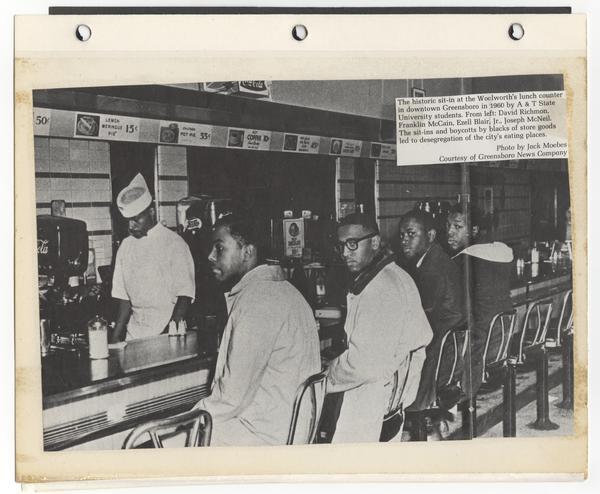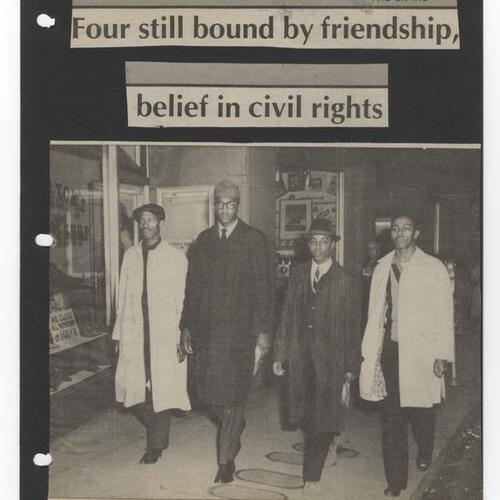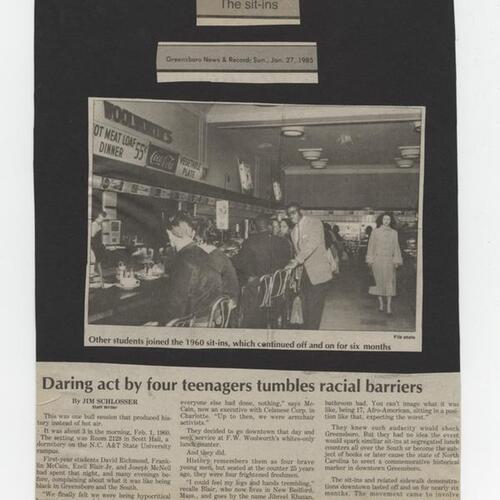Grassroots Efforts by the Youth
"Jail, No Bail"
When protestors were arrested for civil disobedience, they would refuse to pay bail as a form of nonviolent resistance. This would cause cells to fill up, leaving less availability for new arrests. When Lonnie King, a Moorhouse College student, and seventeen others were arrested at a march in Atlanta, GA, they refused to pay bail. In another instance, the "Friendship Nine" were arrested for their participation in a sit-in at a Five and Dime store in Rock Hill, South Carolina. Those students refused to pay bail and sat in jail for 30 days.
1963 Children's Crusade
A May 1963 protest of children and teenagers in Birmingham, Alabama caught the attention of the public when footage captured Sheriff "Bull" Connor's police troops attacking young people with fire hoses, billy clubs, and police dogs. This event, originally organized by Dr. Martin Luther King Jr., Reverend Fred Shuttlesworth, and the Southern Christian Leadership Committee (SNCC), became known as the "Children's Crusade" or the "Children's March". The innocence of the youthful protestors contrasted with the aggression used to silence them resonated deeply with the American public.
Greensboro Sit-In Demonstrations
These were a series of protests in Greensboro, North Carolina initiated by four freshman that attended the North Carolina Agricultural and Technical College (A&T). The young students, Ezell Blair, David Richmond, Franklin McCain, and Joseph McNeil, sat at F.W. Woolworth's five-and-dime store lunch counter and waited to be served after purchasing sundries. After they were refused service, they sat at the counter for the rest of the day. The protest at Woolworth's was a catalyst for other protests along the main street in Greensboro, involving both Black and white students.
Formation of the Public Image-
The four protestors, known as the Greensboro Four, dressed in their finest clothes, and kept themselves occupied at the lunch counter by doing school work and reading books. They portrayed themselves as respectable members of society; Franklin McCain even dressed in an ROTC uniform. They sent out letters to their student body, under the title of the Student Executive Committee for Justice, instructing those willing to participate in protests not to engage in violence or drinking while in the public eye. Overall, the representatives of the sit-ins encouraged "self-restraint, self-discipline, and moderation," (Kowal 138).
Clarence Lee Harris Scrapbook #1
A scrapbok was composed in the 1980s by Clarence Lee Harris, a Woolsworth's store employee who worked at the Greensboro location at the time of the sit ins. These are just a few of the primary sources he includes in his documentation of his experience of the protests.






